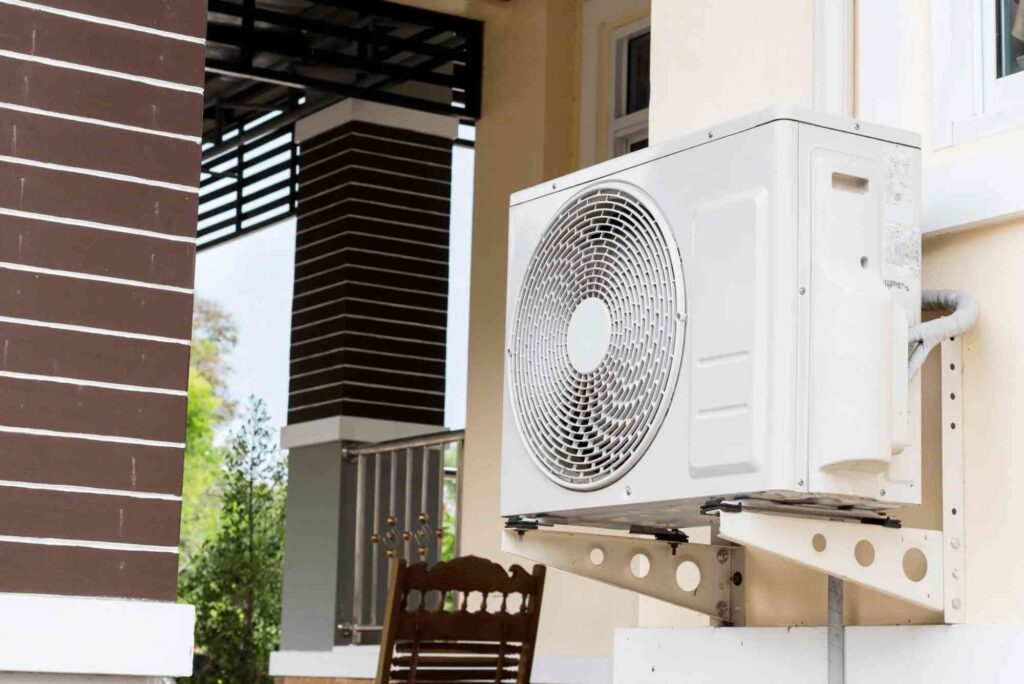Introduction
Sandstorms can severely impact your air conditioning unit, leading to clogged filters, reduced efficiency, and potential damage to internal components. Proper maintenance and timely precautions can protect your AC unit from these harsh environmental conditions. This guide provides step-by-step instructions to safeguard your AC during sandstorms and ensure its longevity.
Understanding the Impact of Sandstorms on AC Units
Sandstorms bring fine dust and debris that can infiltrate AC units, leading to clogged air filters, obstructed coils, and increased wear on internal components. The accumulation of sand reduces airflow, forcing the AC to work harder, which not only affects performance but also increases energy consumption. Without proper care, prolonged exposure to sandstorms can result in complete system failure.
Step-by-Step Guide to Protect Your AC During Sandstorms
Turn Off the AC Before the Sandstorm Hits
During a sandstorm, dust and debris can enter the AC system while it is running. Turning off the unit prevents excessive accumulation of dirt and minimizes potential damage to critical components.
Cover the Outdoor Unit
Protecting the outdoor condenser with a breathable, weather-resistant cover helps reduce the amount of dust that enters the system. Avoid using airtight plastic covers, as they can trap moisture and lead to rust or mold growth.
Clean or Replace Air Filters Immediately
Once the storm has passed, check and clean the AC filters thoroughly. Clogged filters restrict airflow, reducing cooling efficiency and increasing strain on the system. If the filters are heavily soiled, replacing them is the best option.

Inspect and Clean the Condenser Coils
Dust buildup on condenser coils reduces heat dissipation, causing the AC to overheat. Use a soft brush or low-pressure water spray to clean the coils, ensuring optimal performance.
Check for Blockages in Air Ducts and Vents
After a sandstorm, inspect the air ducts and vents for dust accumulation. Vacuuming or wiping them down prevents dust circulation inside your home, maintaining indoor air quality.
Schedule Professional Maintenance
Routine professional maintenance ensures that all internal components are checked and cleaned properly. If your AC unit has suffered severe exposure to sandstorms, contacting a technician from Ac Repair Dubai is highly recommended.
Preventive Measures for Long-Term Protection
To minimize the impact of future sandstorms on your AC unit, consider the following preventive measures:
- Install a Mesh Screen: A fine mesh around the outdoor unit helps reduce the amount of dust that enters.
- Seal Windows and Doors Properly: Prevent dust from entering your home by ensuring all gaps are sealed.
- Use an Air Purifier: Indoor air purifiers help filter out dust particles that make it past the AC system.
- Regular Maintenance Checks: Keeping up with routine AC maintenance ensures the system is always in top condition.
Common FAQs About Handling AC Units During Sandstorms
1. Should I turn off my AC during a sandstorm?
Yes, turning off your AC helps prevent dust from entering the system and causing clogs.
2. How often should I clean my AC after a sandstorm?
It is best to clean or replace filters immediately after a sandstorm to prevent airflow blockages.
3. Can sandstorms permanently damage an AC unit?
Yes, prolonged exposure to sand can cause severe internal damage, requiring costly repairs. Regular maintenance reduces this risk.
4. Is covering my outdoor AC unit necessary?
Yes, using a breathable cover during sandstorms helps minimize dust infiltration and prolongs the unit’s lifespan.
For expert AC maintenance services, visit Az Repair Dubai or check Az Repair Location for assistance near you.



